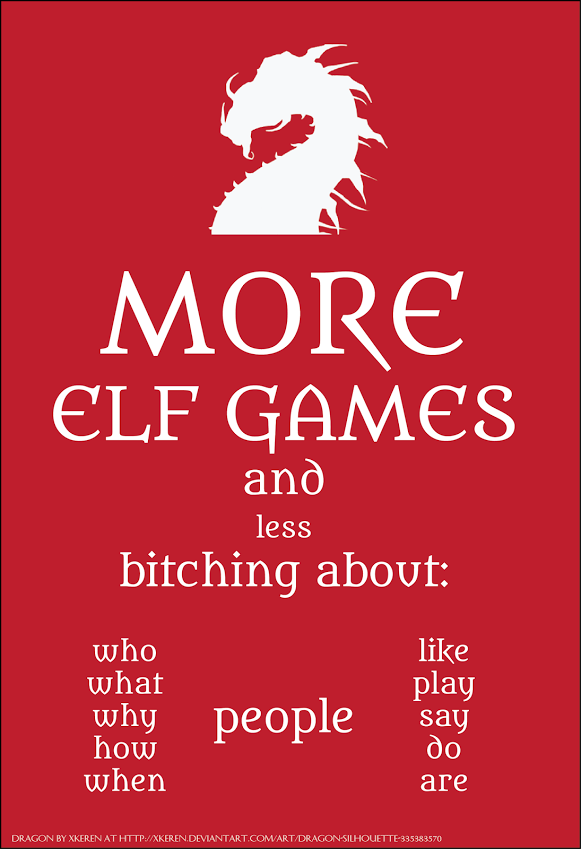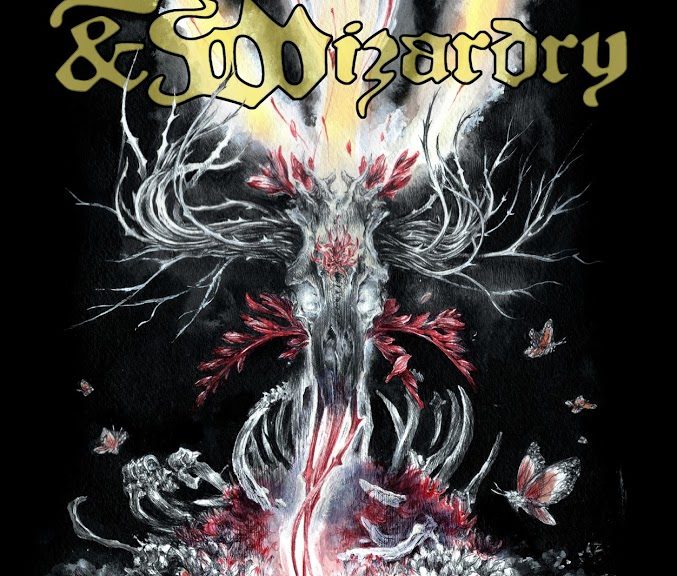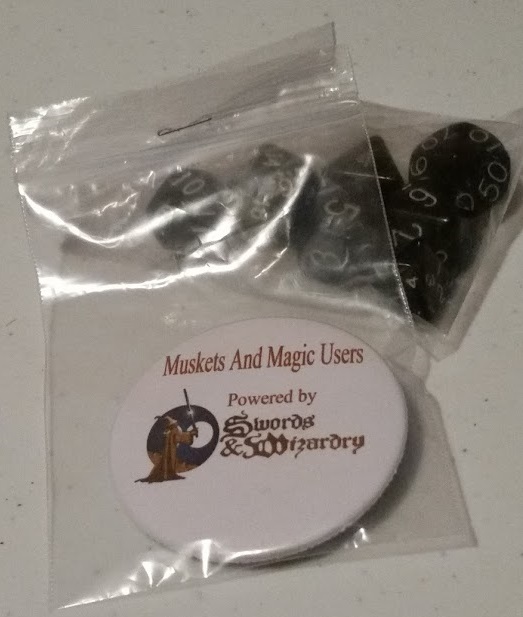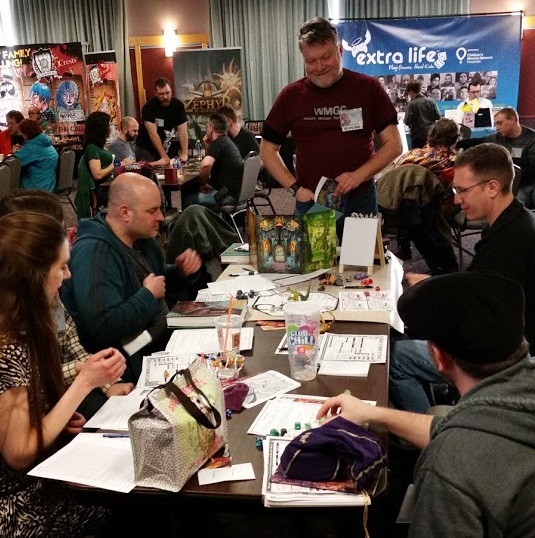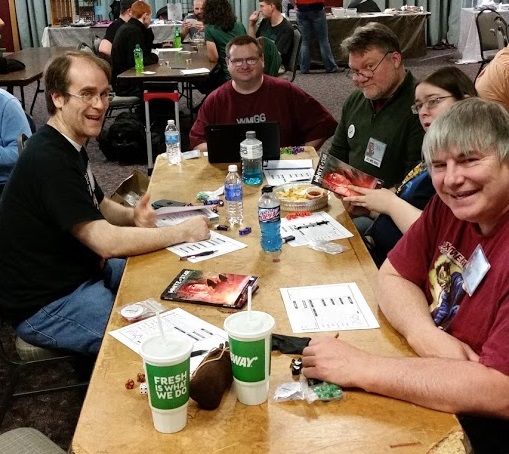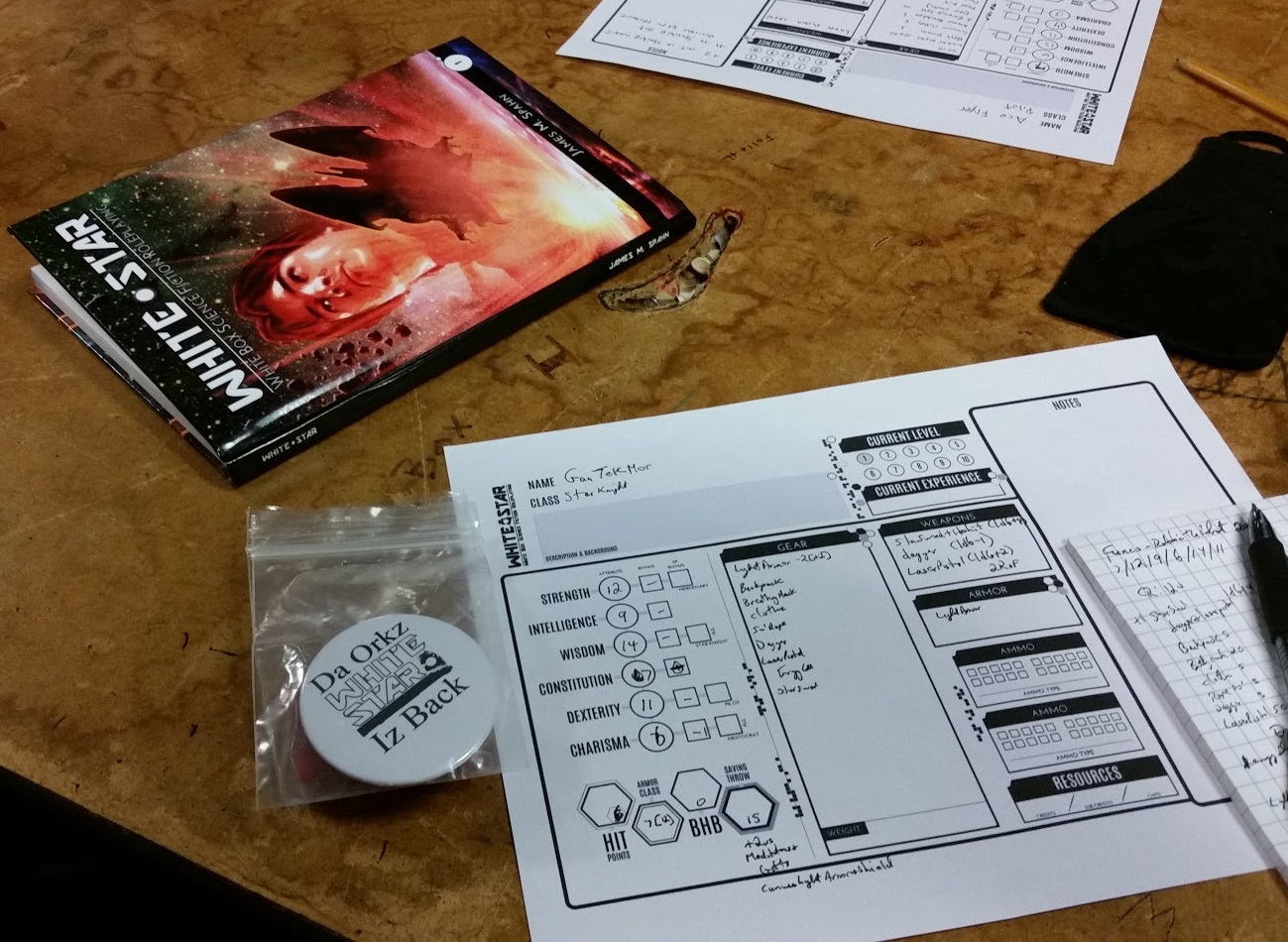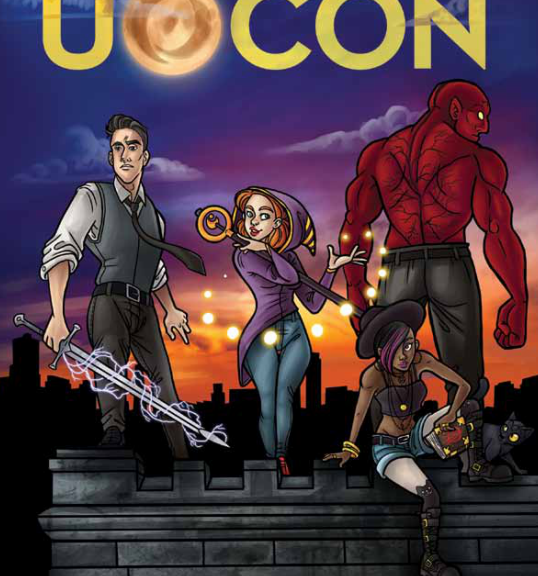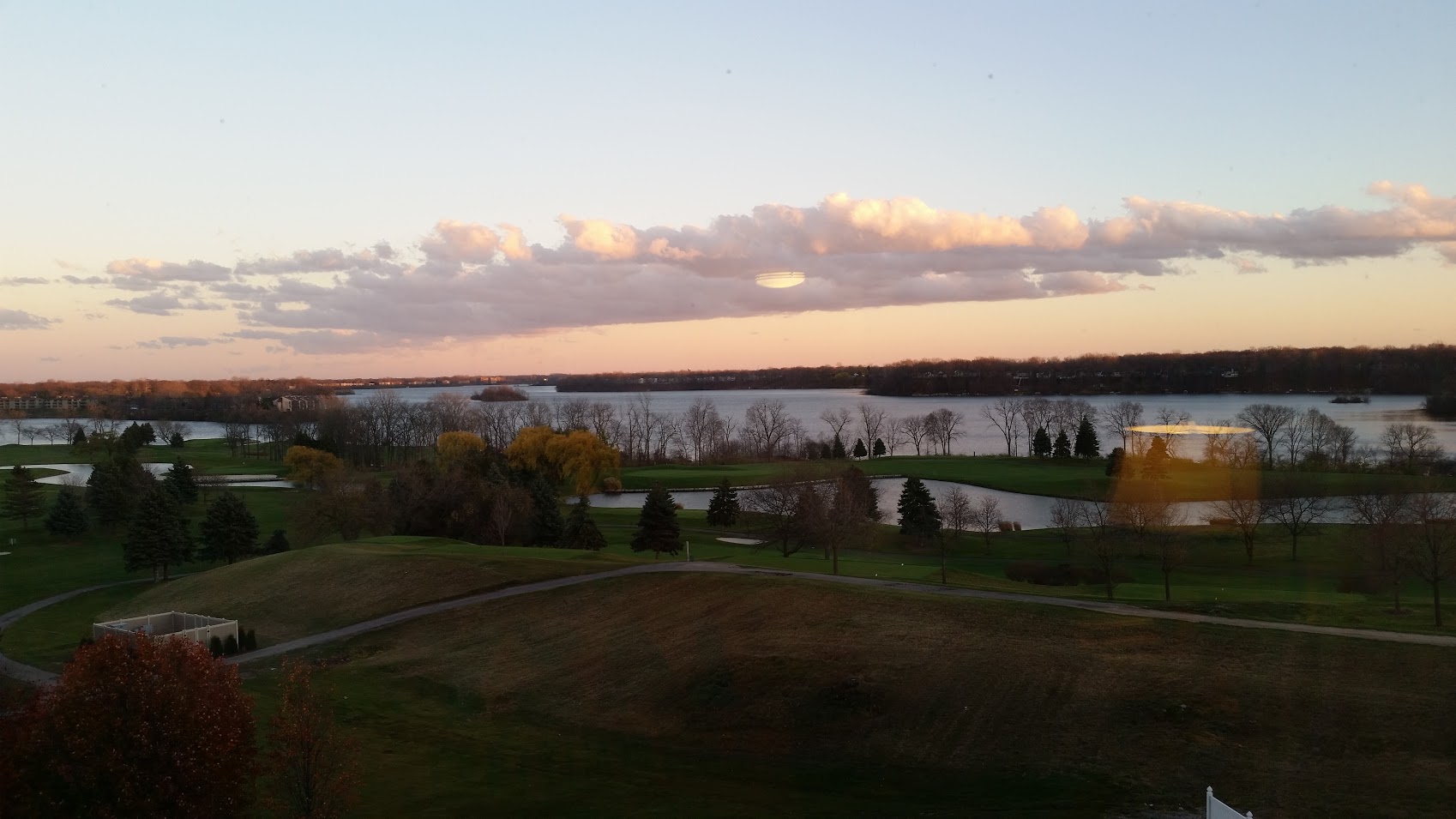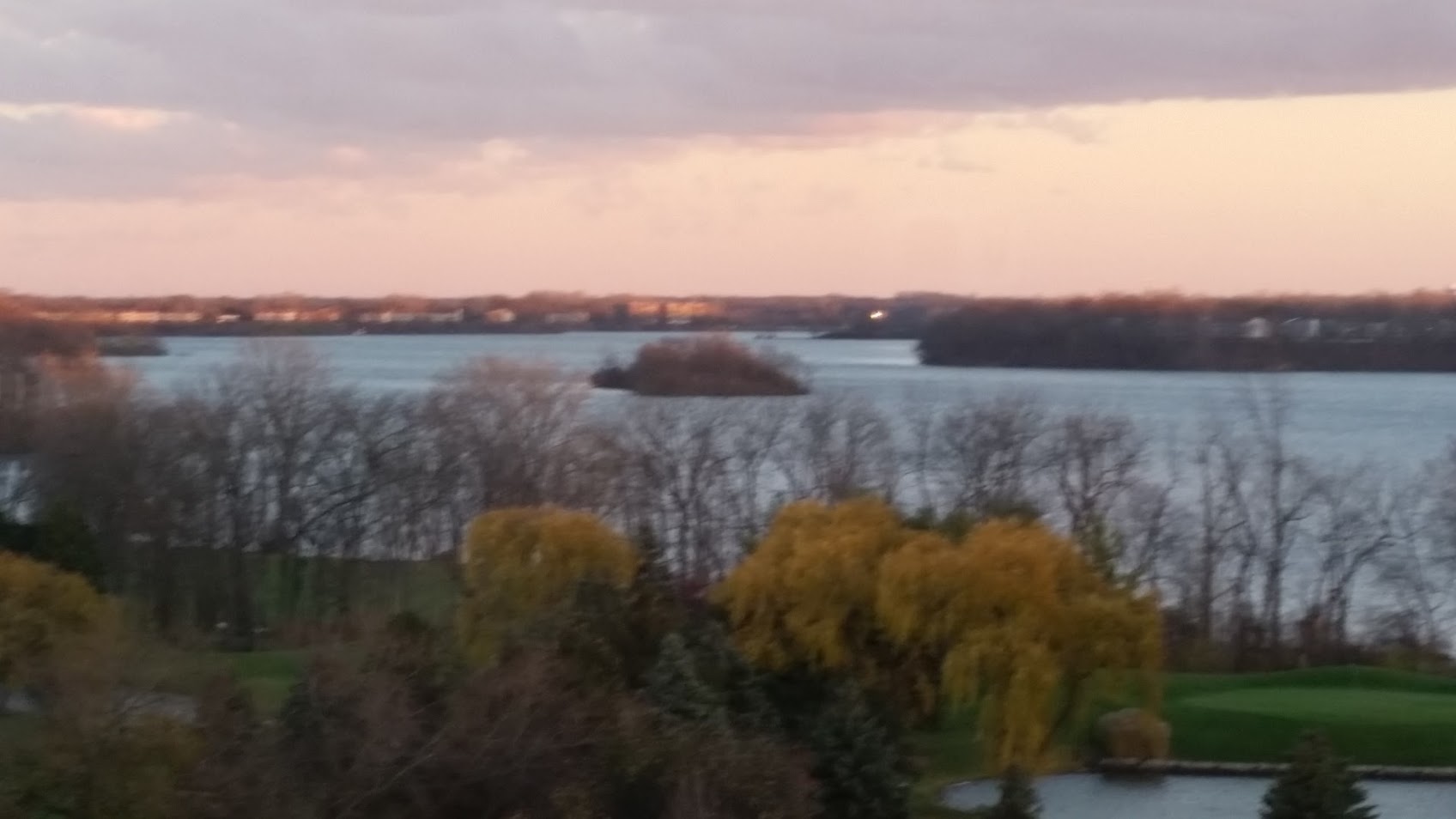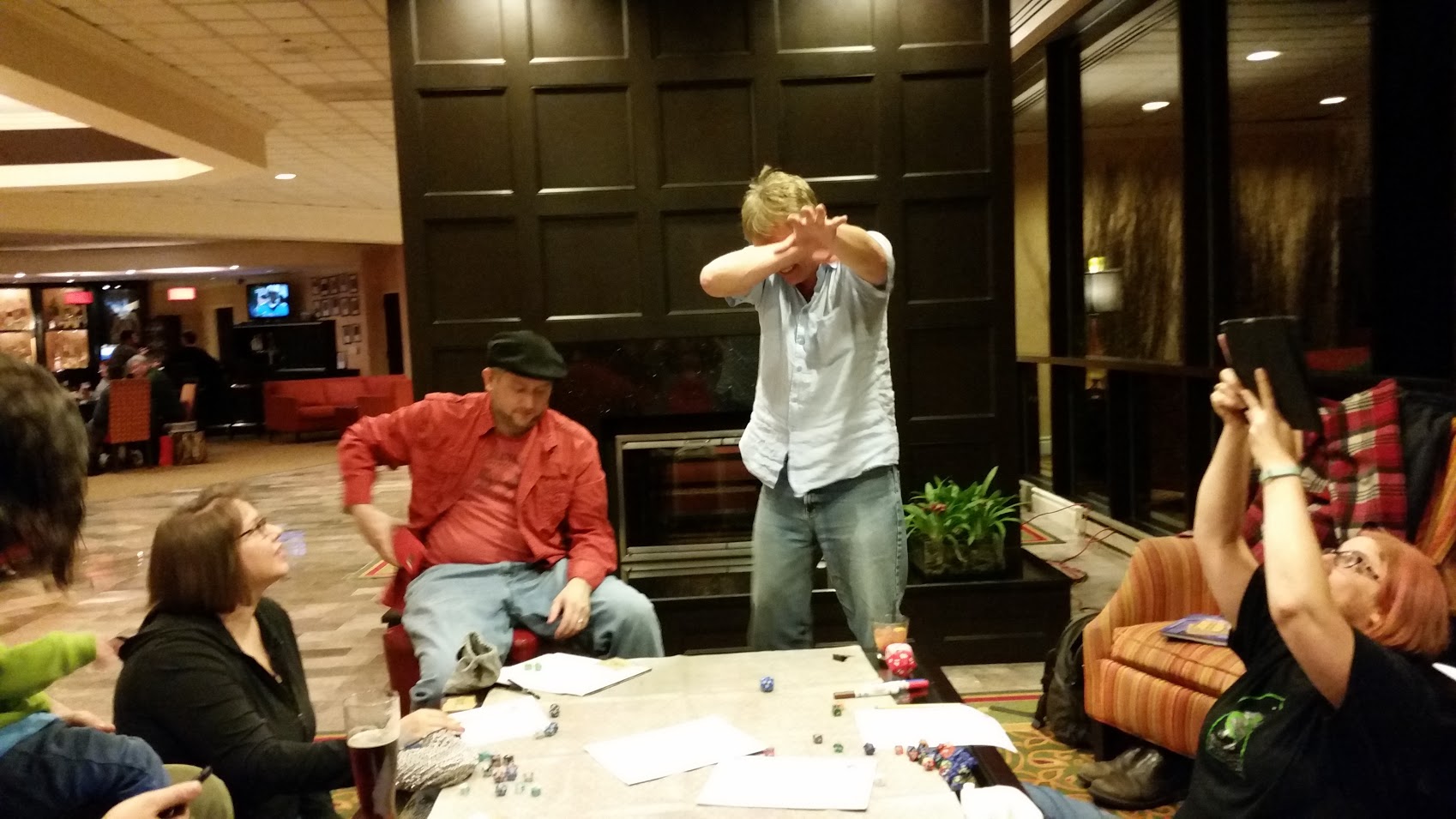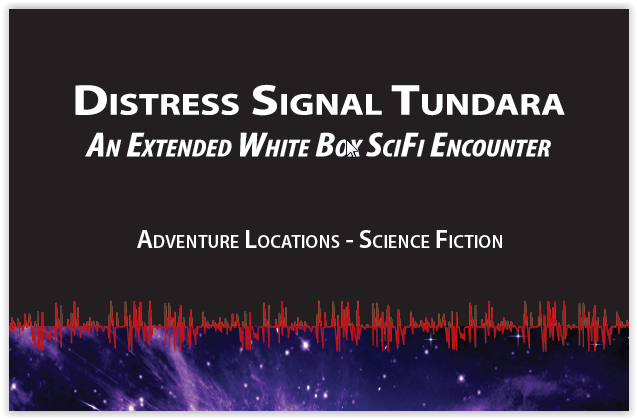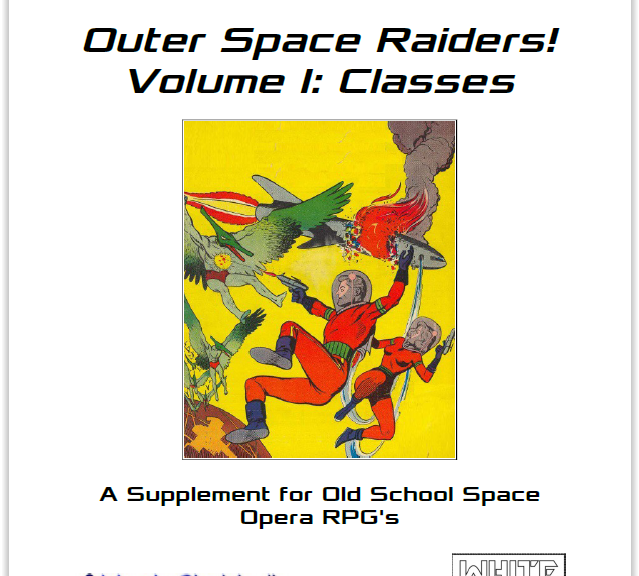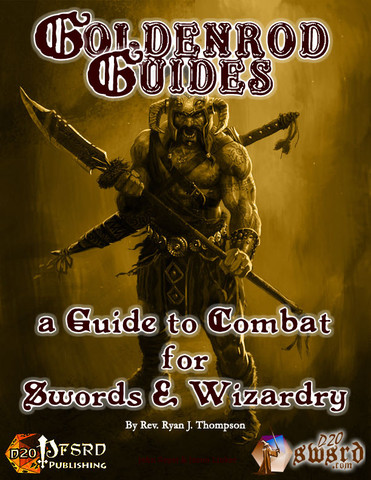Yes, I’m making a post. I wrote it a couple weeks ago, and just decided to post it. Real life has been interesting the past several weeks. My hopes of starting up some new in person games have been put on hold until things settle down.
+Stacy Dellorfano [G+ deleted years before G+ folded.], the editor of the latest revision to Swords & Wizardry showed off the new cover the other day.
[G+ deleted years before G+ folded.] I saw it as a bit of a tease and to show that the project is progressing. That’s how you build up excitement for a project and upcoming Kickstarter, set to start some time after GenCon.
The reaction to the cover was either, “I love it”, or “I hate it”, with some going so far to say it ruined it for them. I’ve read too many comments both ways. This is the whole redundant argument about “bad wrong fun”, “the world must see things my way and do them my way”, and all kinds of other ridiculousness.
What many fail to understand it that this image is art. Like all art it is subjective. We have an immediate visceral reaction to art and we either like it or we don’t. When one person says they like something and another says they don’t, they are both right. However, when they go on to say that everyone else should like what they like or not like what they don’t like, that is a problem. We each have our opinion, but too many of the don’t like say that this doesn’t say S&W/RPG to them, so no one should buy it, or support the Kickstarter.
I am just baffled by this.
I am not a fan of heavy metal music, yet I don’t care that to many of my generation and after, heavy metal was what they listened to when they started playing and it fits them and their personality.
I am a fan of classical music and the themes of fantasy, science fiction, and other genres of movies and TV shows. My gaming circle had mix tapes with all kinds of music from Star Wars, Star Trek, Lost in Space, and more. There’s nothing like the “planet eater” theme (used for other tense moments) from Star Trek TOS when you are in a tense moment. The Imperial March when a big bad shows up. Or Mars from The Planets by Holst. It was so funny that the ebb and flow of the game synced with the music many times. It enhanced the moment. Just as my preference for instrumental music while playing RPG’s others want heavy metal.
I have played with many in cons that are very vocal about their love of heavy metal. It’s just a part of who they are. Many of them have an eclectic taste in music. It is the same with art. I can appreciate a particular piece, even if I don’t like it.
This cover is one that definitely grabbed my attention. I’m looking at it and wondering, “What is that?” I know others speculated and I have seen multiple interpretations of what it is. To me, it looks like a skeletal dragon sitting on a hoard of bones, somewhat reminiscent of the dragon on the pile of gold on the Holmes Blue Box.
I have gotten really close to my screen to look at it, and that is still my first impression. It does look like some sort of flowers or plant under it, but I’m not sure.
It isn’t necessarily what I was expecting for a cover. I already own one edition of S&W in hard back. I’m not sure that I will back the Kickstarter or not. I have been trying to cut back until some of the bigger ones deliver. My outstanding list is much smaller in recent weeks, that I have yet to write about. [The craziness with work is taking longer to resolve than I expected. I do have some things in the works to wrap up.]
My limiting factors on buying it are financial and shelf space. I am working on downsizing other stuff in my life, I need to play what I have. S&W, and other clones are still the original game, the name we can’t say. Why does it matter what the package looks like? Don’t judge a book by it’s cover, right? We don’t know yet, but when it comes out, what if it is the best presentation of the rules ever written? That will be hard to do, but what if it was?
What gets me is that people are complaining about the art on an RPG book, when some of the art in the original three books, and later AD&D and basic was not the best.
This is something someone did out of their love of the game. It is OK that everyone doesn’t like it, but some of the things said about it are juvenile. Some of the comments sound like they were made by immature pre-teens.
Just because you have an opinion doesn’t mean you need to say something. How about CONSTRUCTIVE criticism of the prose and presentation of the rules, when they come out, and less whining about the art. If you don’t like the art, you can roll your own rules and get the art that you like and see how many people have the same love of your creation. What if it generated as much vocal dislike? Would you still want to have an online presence and make and play RPGs?
I really like the art by Dave Trampier, but there are a few of his pieces that I don’t care for very much. Some artists from back in the day I don’t care for a lot of their stuff, and others are what RPG art “should be.” Many agree with that, but not all.
Take all the nitpicking strewn about the interwebs and turn that energy into encouraging others to play.
Joesky Tax:
What to do if you don’t like something in an RPG (d6/d12/whatever).
- Do your own version.
- Do your own art.
- Do your own maps.
- Play solo games so no one can disagree with your rulings.
- Turn off your computer so you don’t encounter art and opinions you disagree with.
- End sentences with prepositions to annoy those who don’t like it.
- If you can roll a seven on a d6, I’d like to see that trick in person.
- Make your own paper.
- Make your own ink.
- Scribe it with a quill pen.
- Bind your own books.
- Get a push cart and go door to door and town to town trying to get other’s to buy it.
Hmm, that looks more like a 12 step program on the road to shut the Hell up!
The following image that +James Spahn posts from time to time sums it up much better than my efforts.
